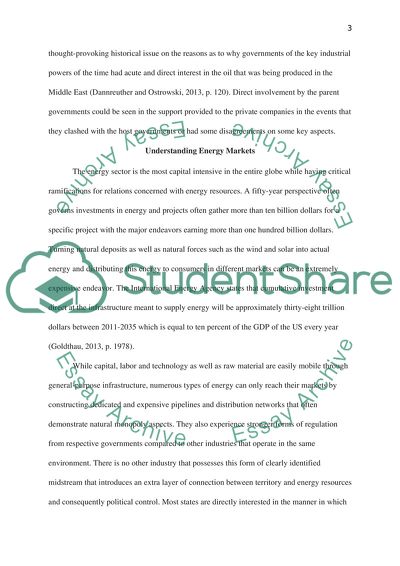Cite this document
(Energy & Natural Resources Outline Example | Topics and Well Written Essays - 2000 words, n.d.)
Energy & Natural Resources Outline Example | Topics and Well Written Essays - 2000 words. https://studentshare.org/macro-microeconomics/1868960-energy-natural-resources
Energy & Natural Resources Outline Example | Topics and Well Written Essays - 2000 words. https://studentshare.org/macro-microeconomics/1868960-energy-natural-resources
(Energy & Natural Resources Outline Example | Topics and Well Written Essays - 2000 Words)
Energy & Natural Resources Outline Example | Topics and Well Written Essays - 2000 Words. https://studentshare.org/macro-microeconomics/1868960-energy-natural-resources.
Energy & Natural Resources Outline Example | Topics and Well Written Essays - 2000 Words. https://studentshare.org/macro-microeconomics/1868960-energy-natural-resources.
“Energy & Natural Resources Outline Example | Topics and Well Written Essays - 2000 Words”. https://studentshare.org/macro-microeconomics/1868960-energy-natural-resources.


